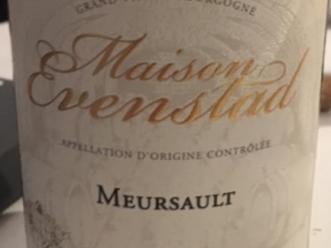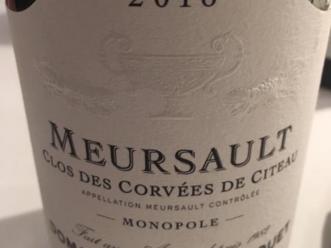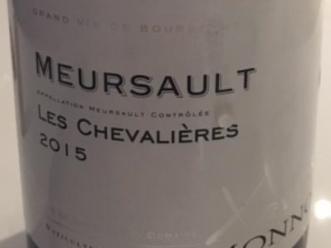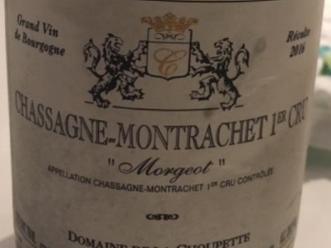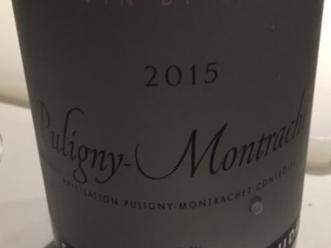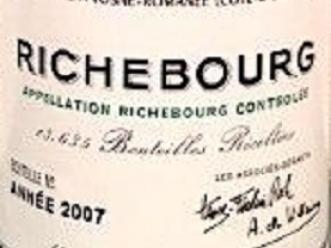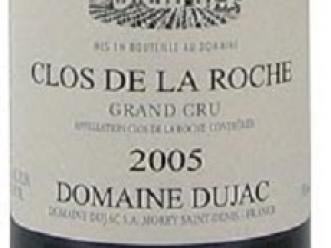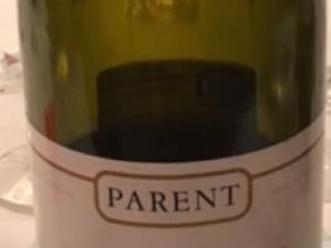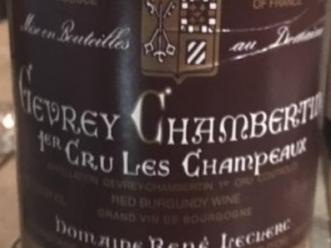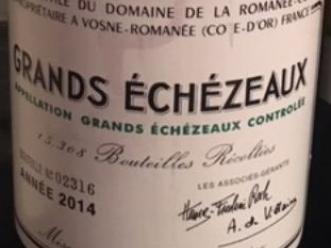2014 Maison Evenstad Meursault, France, Burgundy, Wine Review
This is a project from the owners of Domaine Serene in Oregon. Light green/gold in color. The nose is chalky with slight vanilla and slight lemons. On the palate, this is a big and fruity Chardonnay. Quite tasty. Lemony with a slightly sweet-tart candied note which is nice. Big and long finish. Perhaps a bit atypical for the vintage but a very nice wine that would go with a wide variety of lighter and medium weight foods.

